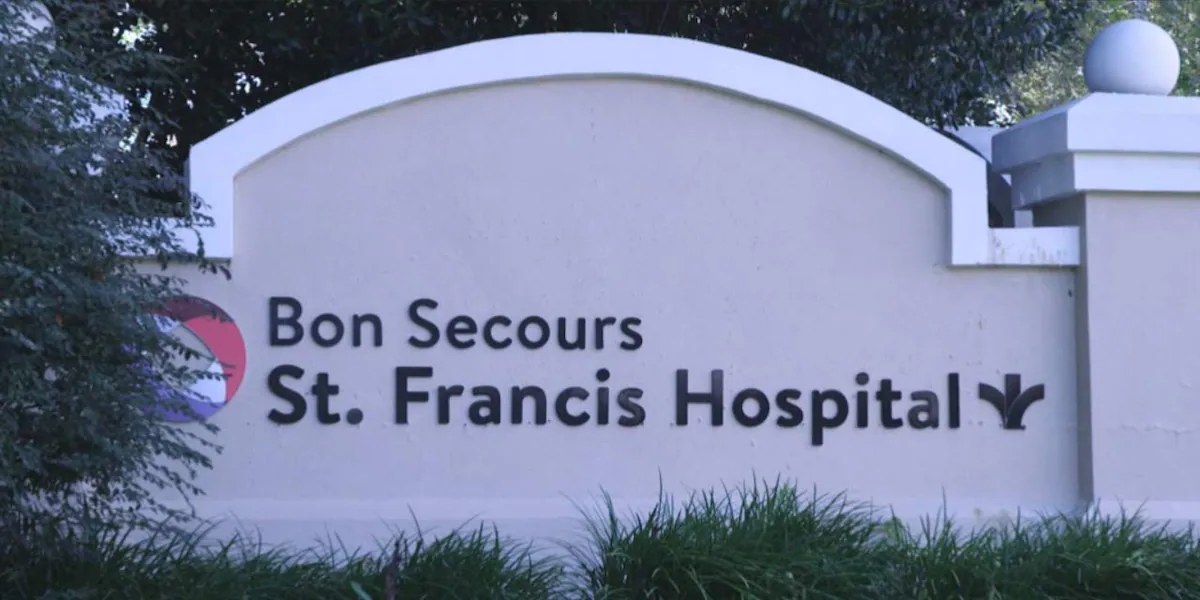Copyright staradvertiser

A new report from the Annie E. Casey Foundation shows a concerning rise in child poverty in Hawaii, and forecasts it potentially could double without the support of public policies and programs. The report, which was released in partnership with state nonprofits such as the Hawaii Children’s Action Network, found that the rate of keiki poverty in Hawaii increased to 12% in 2022-24 from 9% in 2019-21. This increase followed the expiration of pandemic-era economic policies, and was exacerbated by rising prices that have strained family budgets. But without programs such as tax credits, food assistance and housing subsidies — many of which are currently under threat of being cut — that rate would more than double to 28%. “If we didn’t have these types of policies and programs in place, the rate of poverty would be up to 28% — more than 1 in 4 keiki in Hawaii,” said Nicole Woo, HCAN’s director of research and economic policy. “That would add another 48,000 children in Hawaii falling into poverty if all those programs go away.” She added, “Nobody’s saying they’re all going away at once, but it’s helpful to get a sense of how important these programs are at this time.” The numbers paint a dire picture for the future, as states are already facing numerous cuts and changes to various federal programs they have long relied on due to President Donald Trump’s’ so-called One Big, Beautiful Bill Act approved on the Fourth of July. Due to adjustments, the monthly Supplemental Nutrition Assistance Program benefits already have been scaled back for many Hawaii families this month. New work requirements for are also set to go into effect Nov. 1 for SNAP, which helps families afford groceries. Starting next month, certain adults will have to work an average of 80 hours per month to remain eligible for the benefits. Additionally, states will have to foot a greater portion of those costs. Many Hawaii families are already struggling, according to Mai Hall, HCAN’s families engagement specialist, due to the government shutdown as it enters its fourth week, with no end date in sight. “We rent our home, we still have to put food on the table and gas in our cars,” said Hall, who is personally affected, “yet we don’t have long-term savings to cover emergencies such as this.” Hall said, additionally, the cost of groceries continues to go up in Hawaii, taking a bigger cut out of the household budget. The additional $50 to $100 price tag of a visit to the grocery store has drained savings. At least a quarter of families in Hawaii are asset limited, income constrained, employed — or ALICE households — she said, living paycheck to paycheck. These include two-income households where both earners work full time and yet are struggling to keep up with the high costs of living in Hawaii. Government programs and interventions serve as a lifeline for struggling families, particularly as housing, food, child care and health care costs continue to rise. “People will be impacted, and they might be forced to move because they just can’t do it any more,” she said, “or they might be forced to live with their parents, if their parents have a home for them to move to.” The Annie E. Casey Foundation report analyzes U.S. Census Bureau figures from the annual Supplemental Poverty Measure. This measure, according to HCAN, is a more accurate gauge of the economic situation of Hawaii’s families than the official poverty measure, which in 2024 was based on an income threshold of $32,130 for a family of four. When measured by the official poverty measure, Hawaii has generally had one of the lowest rates of child poverty in the U.S. When measured by the Supplemental Poverty Measure, however, which incorporates cost of living, housing expenses, tax policies and other measures, Hawaii’s poverty rate is higher than 31 other states. “When you look at the SPM, it gives a clearer picture,” Woo said. “It’s something we all know living here, that our families really struggle, with parents working multiple jobs, smooshed into a house with lots of different family members. Our gas, our food, costs more.” HCAN is also concerned that the federal government will stop keeping accurate data on the effects of public programs on reducing poverty. Woo said the federal government, for example, has decided to cancel its annual food security survey, which it has tracked for decades. She said the availability of high-quality data from these surveys, as well as the U.S. Census Bureau’s current population survey, is vital to understanding changes over time, as well as how Hawaii is doing compared to other states. This data can help Hawaii lawmakers as they make important decisions for the state in the months and years to come. Child poverty statistics >> 2019-21 to 2022-24: Hawaii’s child poverty rate increased from 9% to 12% (8,000 more children). >> In 2019-21, less than 1 in 10, or 29,000 children, lived in poverty. In 2022-24, nearly 1 in 8, or 37,000 children, lived in poverty in Hawaii. >> Without programs, the child poverty rate is projected to increase to 28%, or more than 1 in 4 keiki. That’s equivalent to about 84,000 children. >> Tens of thousands of Hawaii keiki are kept out of poverty by supportive public policies. Without them, child poverty would more than double. Source: HCAN, Annie E. Case Foundation “2025 Measuring Access to Opportunity in the United States”



